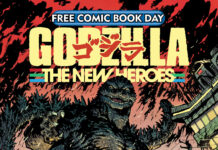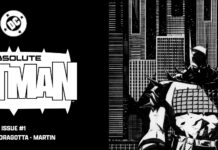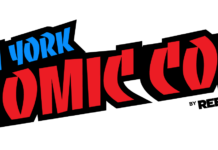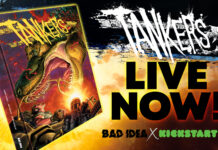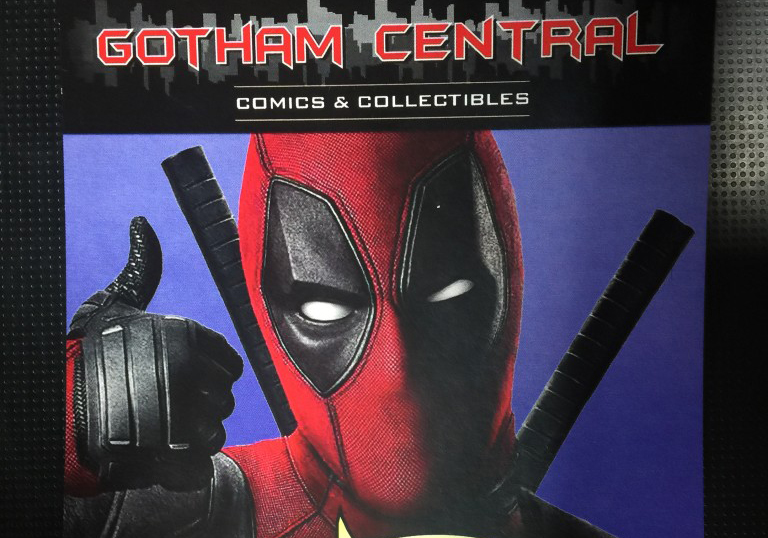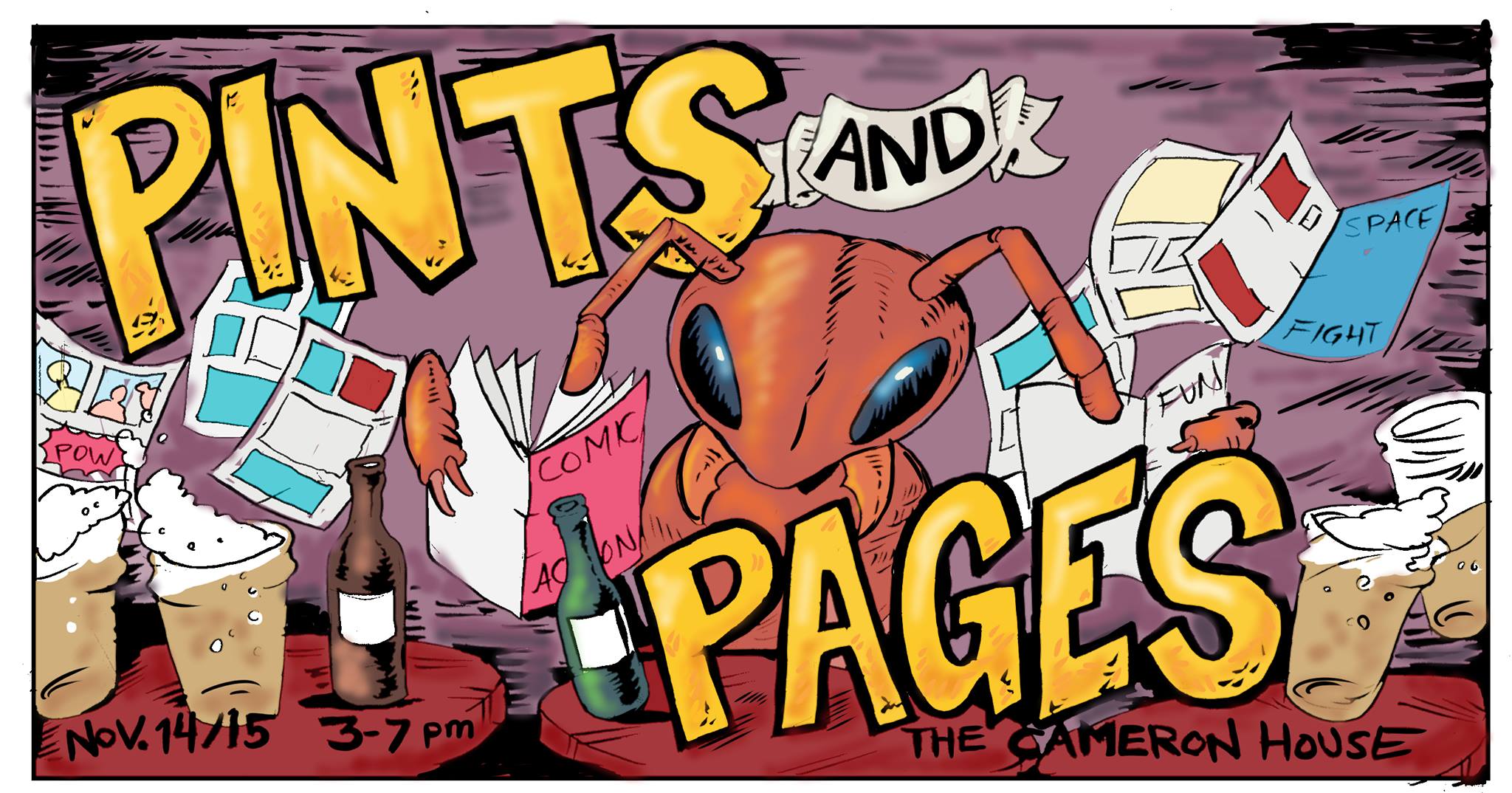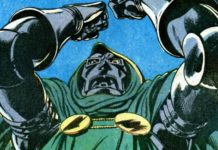
To most individuals, cartoons are nothing more than child’s play, but to those in the industry and to the multitudes of fans worldwide, they’re anything but. Hasbro realized this three decades ago when the first Transformers cartoon debuted in conjunction with their robotic toyline and that symbiotic formula has continued up until the latest animated incarnation of the Transformers universe, Transformers: Prime.
Millions of dollars go into the development and broadcast of a cartoon and with a splintered viewing audience, the transmedia convergence of a brand is integral to its success. The Transformers brand is a multi-headed monster, perhaps Dinobot would be more appropriate, with publishing, toys, cartoons, movies and apparel as a part of its revenue streams. Without these various avenues of revenue, a franchise can die – no matter how good the product is. A perfect example of this is the recent Thundercats cartoon, which featured a compelling reboot of the original storyline alongside wonderfully animated episodes. Alas, despite good ratings and fan reaction, a second season wasn’t ordered because the toys associated with the reboot failed to sell. The market succeeded where Mumm-Ra had failed all of these years – it defeated Lion-O.
Hasbro understood the need for strength in all of its divisions from the beginning. The 1984 Transformers cartoon was produced by Sunbow Productions, Hasbro and Marvel, and used the template for success that was previously established with G.I. Joe. A dynamic cartoon, accompanied by innovative toys provided Hasbro with another runaway success. The initial cartoon series lasted four seasons consisting of 98 episodes and a 1986 animated big screen movie. Transformers: The Movie built upon the success of the cartoon and featured the voice talents of Leonard Nimoy, who would come back to the Transformers family nearly two decades later in Transformers: Dark of the Moon. Several animated series followed the original Transformers, to varying degrees of success, and were always paired with an accompanying toyline, comic book or video game.
When Hasbro decided to debut a new Transformers cartoon in 2008, they turned to a couple of Hollywood heavy hitters to ensure their success. Roberto Orci and Alex Kurtzman, frequent collaborators with J.J. Abrams, have a long and impressive partnership and resumes that include writing credits for Transformers, Transformers: Revenge of the Fallen, Star Trek, and Cowboys and Aliens. They’ve also worked together as producers in film and televison on such projects as Ender’s Game, The Amazing Spiderman 2, Alias, Fringe and Hawaii 5-0. Hiring Orci and Kurtzman as executive producers for Transformers: Prime harkens back to the days when Hasbro approached the creative minds at Marvel to create the entire Transformers universe. The move, now as it was initially in the mid-eighties, was a smashing success for Hasbro. Under Orci and Kurtzman’s guidance, Transformers: Prime ran for 3 seasons and garnered a lot of critical acclaim from the media and fans. The show was nominated several times for a Daytime Emmy during its four year run and won four times.
Having Orci and Kurtzman write the Transformers movies gave them an intimate understanding of the type of stories, characters and direction they could employ with the cartoon. Their expertise with the Transformers brand, coupled with excellent CGI animation from the Japanese studio, Digitalspace, helped Prime become one of the best entries in the long history of Transformers cartoons. Beast Wars and Beast Machines were the first Transformers cartoons to be animated in CGI and were a departure from the traditional 2D animation of the Transformers Gen1 and 2 series. Beast Wars, animated by the Canadian studio, Mainframe Entertainment,
earned Clyde Klotz, the show’s production designer, a Daytime Emmy in 1997 and remains one of the more popular entires in the cartoon canon. Despite an initial backlash from some fans due to an absence of transforming vehicles in the Beast Wars/Beast Machines era, it’s the depth of the storylines that fans still fondly remember it for. That type of storytelling, combined with great animation, has been what Hasbro strove for in subsequent series like Armada, Energon, Cybertron and now, Prime.
So what’s next? With Prime having concluded its run last year, there aren’t any new animated adventures featuring the Transformers currently on television. That will all change in the spring of 2015 when Transformers: Robots in Disguise debuts on the Hub Network. The new series will feature 2D animation and a new slate of character redesigns. According to a report in Variety, “(The) show takes place years after Transformers: Prime, when Bumblebee is summoned to save Earth from a new faction of Decepticons and assembles a rogue team of young Autobots that includes a rebel bad boy bot, an elite guard cadet, a bombastic Dinobot and (a) hyperactive Mini-Con to capture their new enemies.”
Robots in Disguise is the latest link in the cartoon chain that has engaged Tranformers fans since 1984. Its success will be determined in part, by how well the related comic books, movies and toys are received. What is essential for the new Transformers cartoon to be successful is for the creative team behind it to pay homage to the brand’s extensive and compelling legacy while pushing the boundaries of what has been established before. Following the formula of compelling stories and solid characterization established in Beast Wars and Transformers: Prime would be an excellent start.


